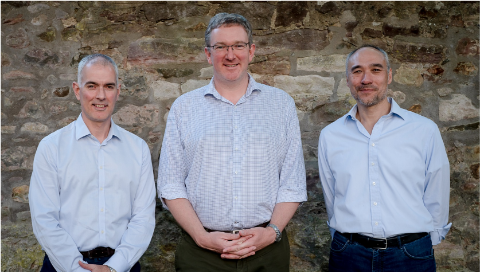Blackford Analysis
“If my organization wants to adopt an imaging application that identifies CT brain hemorrhage, but there were 12 different applications doing this, am I going to analyze 12 different applications to find the one that works best?” asks Stephen Willis, CTO of Canopy Partners. “No, that’s too costly and time consuming, not to mention impractical.”
Addressing this exact concern is what lies at the heart of the curated marketplace. While conventional marketplaces offer access to unvalidated applications, a curated marketplace goes further, with applications being vetted by the platform provider to support the healthcare provider with much of the vetting process. Covering regulatory clearances, software and hardware validation, technical and end-user support, interoperability, privacy, and security issues, several steps of the vetting process are completed by the platform provider, saving both time and money. But what does vetting really mean? What exactly is involved, and what aspects of an application need to be evaluated? From a clinical perspective, there are several key factors that need to be included in any vetting process:- Careful consideration of clinical relevance will help ensure that any application is meeting a genuine clinical need, rather than simply filling a portfolio gap or being an easy target for AI.
- Evaluation of an application’s clinical value will clearly define the benefit of the application to the clinical team, patient and potentially the healthcare system as a whole.
- Identification of the key clinical users will ensure that the application is presented to those healthcare team members that it will be of most value to.
- It is vital to ensure that the application has the appropriate regulatory approvals for the territory of interest and is presented within the scope of its Indication for Use for the territory in question.
- Identifying and defining the business case will help demonstrate the financial value that supports the use of the application by an institution.
- Presenting information on the performance of the application to the end user in an accessible manner will make it easier to determine if the application is appropriate for use on the intended patient population.
- Carefully consideration the workflow of the application, ensures that it creates minimal disturbance to existing workflows, not only benefits the end user but improves uptake and adoption.
- And finally, minimising the application’s IT impact by ensuring smooth integration with all the necessary hospital systems.











